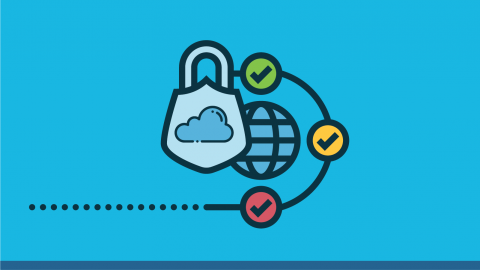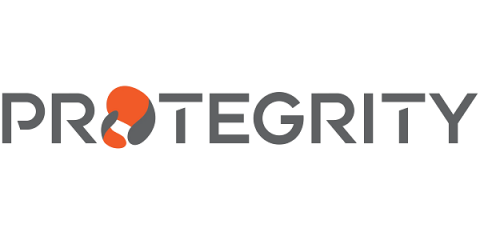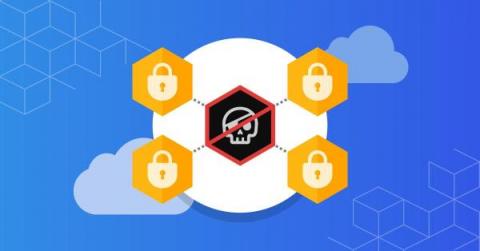Top Considerations for Building a Lab-to-Cloud Workflow
Since March 2020, cloud adoption has accelerated at an unprecedented rate and across every industry. With the pandemic ushering in the work-from-home era, the ability of organizations to collaborate remotely has become paramount, placing a higher-than-ever premium on cloud technology.











